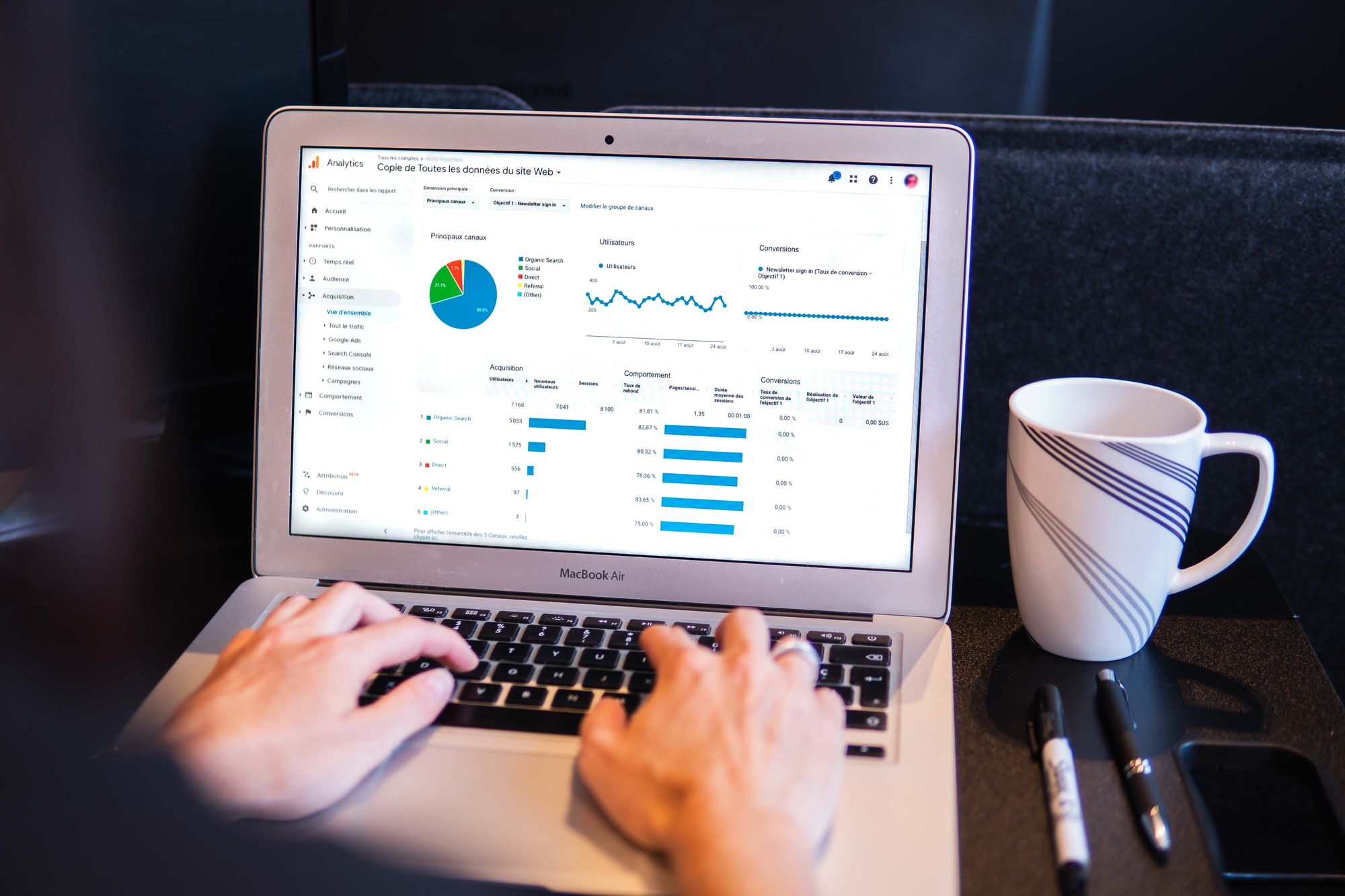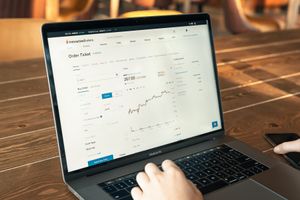Automated reporting is a powerful tool that can streamline reporting processes and provide valuable insights for businesses. The ability to generate reports automatically saves time, improves work efficiency, and allows businesses to make informed decisions based on real-time data.
One of the key benefits of automated reporting is the time it saves. Traditionally, creating reports can be a tedious and time-consuming task, involving countless hours of collecting and organizing data. However with automated reporting, businesses can eliminate manual data entry and manipulation, allowing employees to focus on more strategic tasks.
By automating report generation, businesses can generate regular reports, such as financial reports, marketing reports, and performance metrics, without manual intervention.
Additionally, automated reporting provides real-time data, reducing the risk of human error and ensuring accurate and up-to-date information. Businesses can generate reports regularly by automating reporting processes, delivering insights into key performance indicators, and allowing for quick and efficient decision-making.
With the help of reporting solutions and business intelligence tools like Google Analytics, Google Data Studio, and reporting features in tools like Google Sheets, businesses can create interactive dashboards and customized reports that align with their specific goals and objectives.
Automated reporting is a valuable tool for businesses, providing significant time savings, improved work efficiency, and access to real-time data. By automating the creation of reports, businesses can make informed decisions, track their progress, and stay on top of their business performance.
- What Is Automated Reporting?
- Types Of Reports That Can Be Automated
- Tools For Automating Reporting Processes
- How To Get Started With Automated Reporting
- Reflecting On Report Evolution
- FAQs On Automated Reporting
What Is Automated Reporting?
Automated reporting is a powerful tool that streamlines the creation of business reports, saving time and reducing the risk of human error. It eliminates manual data entry and manipulation, allowing employees to focus on more strategic tasks.
Automated reporting allows businesses to generate regular reports, such as financial and marketing reports, without manual intervention. Moreover, automated reporting regularly, delivering accurate and up-to-date information for informed decision-making.
Businesses can create interactive dashboards and customized reports that align with their specific goals and objectives by utilizing reporting solutions and business intelligence tools like Google Analytics and Google Data Studio.
With the ability to generate reports regularly and access valuable insights, automated reporting empowers businesses to make efficient and strategic decisions for optimal business performance.
Benefits Of Automated Reporting
Automated reporting offers numerous benefits that can provide competitive advantages for agencies and brands. One of the primary advantages is the ability to save time and resources.
By automating repetitive tasks and eliminating the need for manual reporting processes, businesses can reduce their workload significantly. This enables employees to focus on more strategic and valuable tasks, leading to increased efficiency and productivity.
Another major benefit is the reduction of human error. Manual reporting processes are prone to mistakes, but automated reporting eliminates these errors by generating accurate reports on a regular basis. This ensures data integrity and allows decision-makers to make informed choices based on reliable information.
Automated reporting also relieves the stress associated with end-of-quarter or end-of-month reporting.
With an automated system in place, reports can be generated in real-time, providing up-to-date insights into business performance. This enables business owners to make decisions based on current data and react swiftly to any challenges or opportunities.
CloverDX is an excellent example of a tool that can automate repeatable steps in reporting processes. It simplifies data integration, transformation, and exchange, making generating comprehensive and accurate reports easier.
By leveraging CloverDX, businesses can streamline their reporting processes, saving time and resources while ensuring accuracy and reliability. In conclusion, the benefits of automated reporting are undeniable, offering time-saving, reduced workload, and increased efficiency, giving businesses a competitive edge in today's data-driven world.
Types Of Reports That Can Be Automated
Automated reporting has the capability to generate various types of reports, saving countless hours of repetitive and tedious tasks. One type of report that can be automated is a financial report. These reports provide an overview of a company's financial performance, including revenue, expenses, and profitability.
By automating the generation of financial reports, businesses can ensure accuracy and timeliness in their financial data, enabling them to make informed decisions based on real-time information.
Another type of report that can benefit from automation is marketing reports. These reports analyze marketing efforts, such as campaign performance, lead generation, and customer acquisition.
Businesses can gain valuable insights into their marketing strategies by automating marketing reports, allowing them to optimize their campaigns and allocate resources effectively.
Additionally, operational reports, which focus on the day-to-day operations of a business, can be automated to provide real-time data on key performance indicators and business processes. This enables business owners to monitor their operations and identify areas for improvement.
Overall, automated reporting offers a powerful tool to generate a wide range of reports, providing businesses with valuable insights to drive strategic decisions and achieve their business goals.
- Google Analytics Reports
- Human Error Reports
- Business Intelligence Reports
- Financial Reports
- Marketing Reports
Google Analytics Reports
Google Analytics Reports offers a powerful solution for businesses to automate reporting on The ability to track and analyze real-time data. The ability to track and analyze real-time data provides valuable insights for making informed decisions.
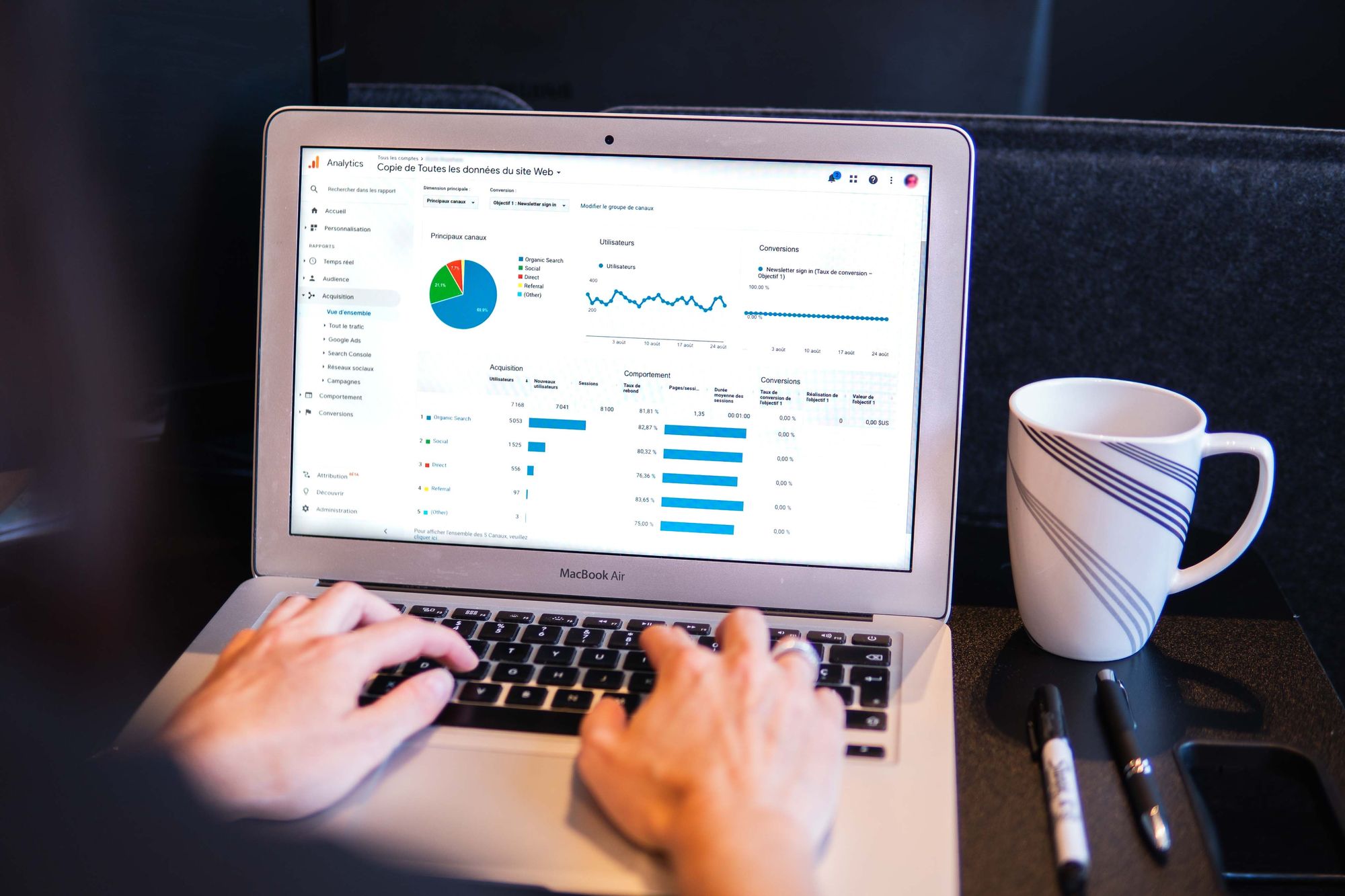
To optimize data collection, businesses can set up custom dashboards that display the key metrics they want to monitor regularly. These dashboards can be tailored to specific business goals and include metrics such as website traffic, user behavior, and conversion rates.
By visualizing this data in a clear and concise manner, businesses can easily track their performance and identify areas for improvement.
Sharing or exporting these dashboards is also important for easy access and collaboration. Google Analytics allows users to easily share dashboards with team members or export them in various formats. Additionally, businesses can consider automating Slack notifications to receive regular updates on important metrics.
Automating reporting with Google Analytics saves countless hours of manual reporting and eliminates the risk of human error. By relying on real-time data and powerful reporting features, businesses can make informed decisions and track their progress regularly.
With Google Analytics Reports, businesses can harness the full potential of their data to drive strategic growth and achieve their business goals.
Human Error Reports
Automated reporting systems provide businesses with a solution to minimize human error and streamline reporting processes. By implementing these systems, businesses can significantly reduce the risk of inaccuracies and mistakes commonly occurring during manual reporting.
To set up an automated reporting system, follow these steps:
- Identify the data sources: Determine the data sources that must be included in the reports. This can include databases, CRM systems, web analytics tools, and more.
- Define the reporting requirements: Determine the key metrics and KPIs to be tracked. Clearly define what data needs to be collected and how it should be consolidated.
- Choose a reporting tool: Select a tool that integrates with your data sources and provides automation capabilities. Tools such as Google Data Studio or reporting software like Tableau can automate collecting and consolidating data.
- Set up data connections: Connect the reporting tool with the relevant data sources. This may require technical knowledge or the assistance of IT professionals.
- Design the reports: Create visually appealing and interactive reports that effectively communicate the desired insights. Customize the reports to suit the needs of different teams or departments.
By automating reporting processes, various teams can benefit from reduced human error.
For marketing teams, automated reporting ensures accurate campaign performance measurement, eliminating data collection and analysis errors. Customer support teams can use automated reports to track customer satisfaction metrics and identify areas for improvement.
Incorporating automated reporting systems enables businesses to eliminate the tedious task of manual reporting and provide reliable and accurate data for informed decision-making. By minimizing human error, businesses can boost their overall operational efficiency and achieve their goals more effectively.
Business Intelligence Reports
Business intelligence reports play a crucial role in helping organizations make informed decisions and effectively drive business performance. They provide valuable insights into various aspects of a business, allowing managers and decision-makers to analyze data and make data-driven decisions proactively.
Data is gathered from various sources such as databases, CRM systems, and web analytics tools to create meaningful business intelligence reports. This data is then consolidated and analyzed to identify key metrics and key performance indicators (KPIs) that provide a comprehensive view of the organization's operations and performance.
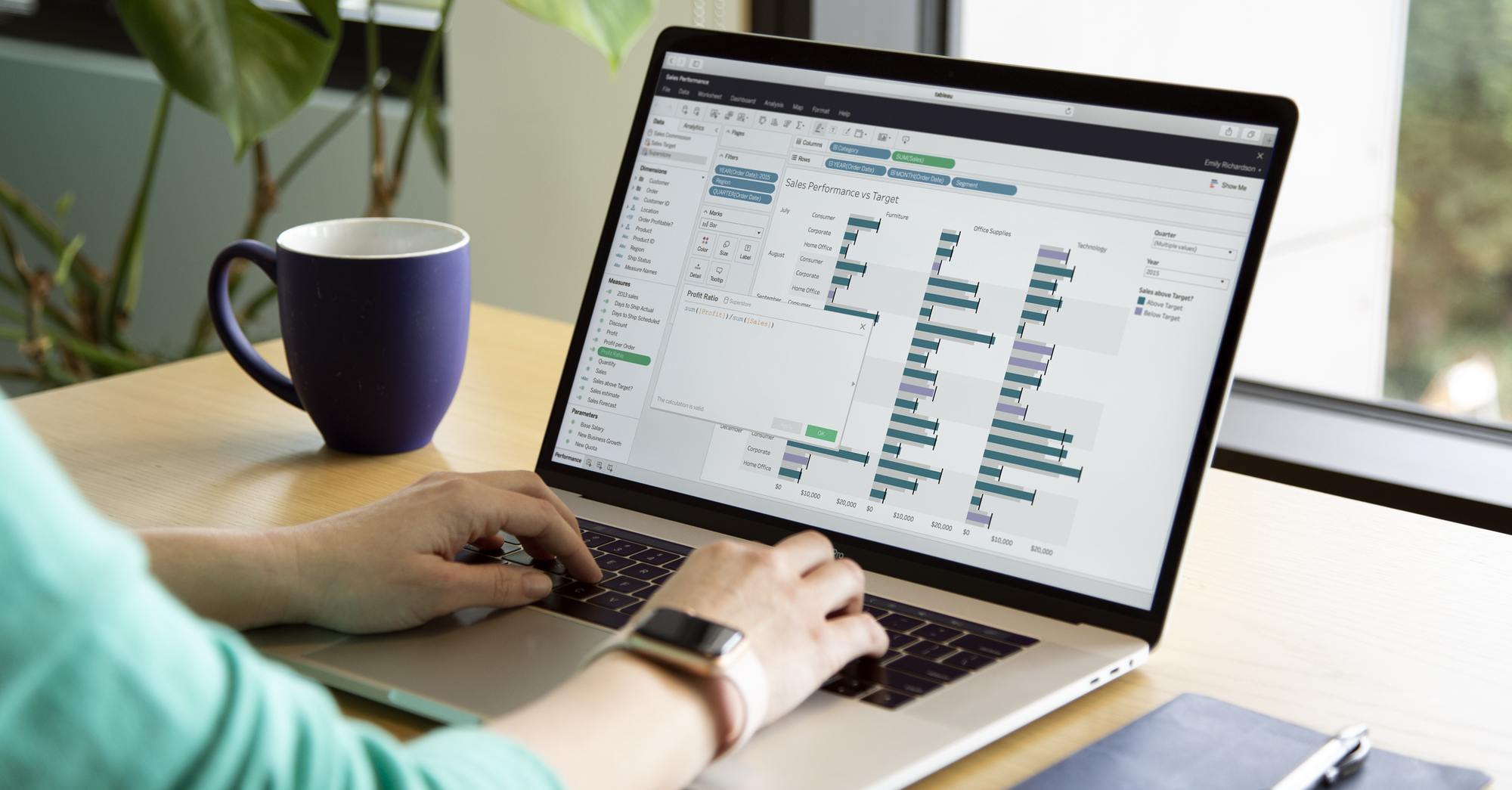
By automating the reporting process, businesses can enhance data collection and analysis efficiency and accuracy. Automated reporting tools like Google Data Studio or reporting software like Tableau can integrate with different data sources, ensuring real-time data.
This enables businesses to monitor their performance on a regular basis and stay updated with the latest insights.
With access to accurate and timely information, businesses can make proactive and informed decisions. They can identify trends, spot opportunities, and address potential challenges before they become critical.
By leveraging the power of business intelligence reports, organizations can enhance their overall business performance and stay ahead of the competition.
Financial Reports
Financial reports play a crucial role in providing businesses with insights into their financial performance and guiding strategic decision-making. However, manually creating and generating these reports can be a time-consuming and costly process. This is where automating financial reports can make a significant difference.
Automated reporting eliminates the need for manual data collection, consolidation, and analysis.
By integrating with accounting systems and financial databases, automated reporting tools can effortlessly gather financial data and generate reports in real-time. This ensures decision-makers can access accurate and up-to-date information to make informed choices.
The costs associated with manual reporting can be substantial. Countless hours are spent on repetitive tasks, such as gathering data, inputting it into spreadsheets, and formatting reports.
Furthermore, human error is always a risk, leading to potentially inaccurate reports. By automating the process, businesses can save valuable time and money by reducing manual efforts and minimizing errors.
These tools also provide customizable templates, allowing businesses to create reports tailored to their needs. Additionally, they can provide interactive dashboards and visualizations, making it easier to interpret financial data and identify trends or anomalies.
Automating financial reports is essential to streamline the reporting process, save time and costs, and ensure accurate and timely insights. Businesses can make informed financial decisions and optimize their financial performance by leveraging automated reporting tools.
Marketing Reports
Automated reporting plays a crucial role in streamlining marketing operations and providing valuable insights to high-performing marketing teams. By automating different types of marketing reports, teams can save time and effort while making data-driven decisions.
One important type of report is the marketing overview report, which provides a holistic view of the overall marketing performance. This report includes key metrics such as website traffic, leads generated, conversion rates, and return on investment (ROI). It helps marketers assess the effectiveness of their overall marketing strategy.
Another essential report is the marketing campaign report. This report focuses on the performance of specific campaigns, tracking metrics such as campaign reach, engagement, and conversion rates. It helps marketers evaluate the success and impact of their individual marketing initiatives.
Social media reports are also vital for understanding the performance of social media marketing efforts. These reports include metrics like engagement rates, follower growth, and post reach. They provide insights into audience behavior, content effectiveness, and overall social media ROI.
Similarly, email marketing reports assess the performance of email campaigns. Metrics such as open rates, click-through rates, and conversion rates help marketers evaluate email campaign effectiveness and optimize future strategies.
Automated reporting greatly benefits high-performing marketing teams. It eliminates the manual effort of collecting and analyzing data, allowing marketers to focus on strategic tasks.
Real-time data and customizable reporting templates enable teams to gain valuable insights quickly and make data-driven decisions. By automating marketing reports, teams can optimize their marketing efforts, identify areas of improvement, and drive better business results.
Tools For Automating Reporting Processes
In today's fast-paced business landscape, timely and accurate reports are crucial for making informed decisions. However, manual reporting processes can be time-consuming and prone to human error. This is where the power of automated reporting tools comes into play.
With the help of these tools, businesses can generate reports regularly without the need for countless hours spent on repetitive and tedious tasks.
By automating the creation of reports, businesses can access real-time data and valuable insights, which can be used to track key performance indicators, monitor business goals, and make strategic decisions.
Additionally, automated reporting solutions offer features such as interactive dashboards and customization options, allowing business owners to tailor their reports according to their specific needs.
With the use of these powerful tools, businesses can streamline their reporting processes and enhance their overall business performance.
Google Data Studio
Google Data Studio is a powerful reporting tool that allows users to connect, visualize, and share business data from multiple apps. With Data Studio, users can easily create interactive reports and dashboards by connecting data from various sources such as Google Analytics, Sheets, Ads, as well as partner apps like Copper and Mailchimp.
Getting started with Google Data Studio is simple. Users can begin by selecting their desired data sources and connecting them to their Data Studio account. From there, they can choose from a wide range of visualization options to present their data meaningfully and insightfully.
Users can create charts, tables, graphs, and other visual elements to showcase key performance indicators and highlight important metrics.
Once the reports and dashboards are created, users can easily share them with others, enabling collaboration and informed decision-making.
Whether it's regular reports for internal teams or client-facing presentations, Google Data Studio provides a user-friendly interface that empowers users to create visually appealing reports that are as beautiful as they are informative.
With Google Data Studio, businesses can automate the creation of reports, saving countless hours of manual reporting and reducing the risk of human error.
By harnessing the power of real-time data and interactive features, Google Data Studio has become an invaluable tool for businesses looking to gain valuable insights, make informed decisions, and ultimately drive their success.
Report Automation Tools
Automated reporting has become an essential part of business operations, saving countless hours and reducing the risk of human error. To streamline this process, several report automation tools have emerged in the market.
These tools simplify the creation of reports and provide powerful features and integrations for a seamless reporting experience.
One popular report automation tool is Google Data Studio, which allows users to connect various data sources, including Google Analytics and Google Sheets, to their reporting accounts. Its user-friendly interface allows users to easily create interactive dashboards and customize reports to suit their needs.
Another widely used tool is Tableau, which offers a wide range of visualization options and advanced analytics capabilities. It allows users to connect to multiple data sources, such as databases, spreadsheets, and cloud services.
These report automation tools often provide APIs to fetch real-time data from different sources, making it easy to stay up-to-date with the latest information. They also offer customizable options, allowing users to add valuable insights and analyze data based on their business goals. With seamless integrations, these tools enable users to connect data sources without the need for technical knowledge.
Report automation tools such as Google Data Studio and Tableau have revolutionized the reporting process. With their integrations, APIs, and customizable options, they empower users to create insightful reports that drive informed decision-making and support achieving business goals.
Report Generation Software Solutions
Report generation software solutions offer businesses the ability to automate their reporting processes, saving countless hours of manual work and reducing the risk of human error. These tools provide a range of core features and functionalities to streamline the reporting workflow.

Data preparation is a crucial step in automated reporting. These solutions offer options to connect and consolidate data from various sources, such as databases, spreadsheets, and cloud services. This ensures data accuracy and eliminates the need for manual data entry.
Data storage is another key aspect of report generation software. These tools provide secure and scalable storage options, allowing businesses to store large amounts of data without sacrificing performance. This enables real-time data retrieval and analysis.
Data analysis is a powerful tool offered by these solutions. They provide advanced analytics capabilities, allowing businesses to uncover valuable insights and make informed decisions. From simple calculations to complex statistical modeling, these tools empower users to analyze data based on their specific business goals.

Finally, these solutions excel at data reporting. They offer customizable report templates and interactive dashboards, allowing businesses to create professional-looking reports tailored to their needs. Reports can be generated on a regular basis, ensuring that business owners and stakeholders have access to up-to-date information.
Report generation software solutions commonly integrate with various data sources, such as Google Analytics, Google Sheets, and databases. They may also offer integrations with business intelligence tools, enabling seamless data visualization and analysis.
Report generation software solutions automate the manual, tedious task of creating reports. Their data preparation, storage, analysis, and reporting functionalities provide businesses with a powerful tool to generate accurate and insightful reports. By integrating with popular data sources, these solutions offer a comprehensive solution for automating reporting processes.
How To Get Started With Automated Reporting
Automated reporting is a valuable tool that can save businesses countless hours and eliminate human error in the reporting process. By leveraging report automation tools, businesses can generate reports regularly and access real-time data to make informed decisions.
Getting started with automated reporting involves several key steps. First, businesses must prepare their data by connecting and consolidating information from various sources.
Next, they should automated reporting solutions' powerful data analysis capabilities that offers secure and scalable data storage options. This ensures that businesses can store and retrieve large amounts of data without sacrificing performance.
Once the data is in place, businesses can leverage automated reporting solutions' powerful data analysis capabilities to uncover valuable insights.
Finally, businesses can create professional-looking reports and interactive dashboards tailored to their needs using customizable report templates.
By integrating with various data sources and business intelligence tools, automated reporting solutions enable businesses to streamline their reporting processes and make strategic decisions based on accurate and up-to-date information.
- Implementing An Automated Report System
- Understanding The Data You’re Collecting And How It Can Help You Make Informed Decisions
Implementing An Automated Report System
Implementing an automated report system for your business can streamline your reporting processes, saving countless hours of repetitive and tedious tasks. By choosing the right reporting tools and configuring data sources, you can generate accurate and timely reports regularly.
The first step in implementing an automated report system is to select the right reporting tools. Popular options include Google Analytics, Google Data Studio, and reporting software with advanced features. Consider factors like ease of use, customization options, and integration capabilities with your existing systems.
Next, define the reports that you want to automate. Start by identifying the key performance indicators (KPIs) that are most relevant to your business goals. These may include financial reports, marketing reports, or business performance reports. Determine the data sources that will provide the necessary information for these reports, such as Google Sheets or other business intelligence tools.

Configuring the data sources is essential for successful report automation. Ensure that the data is accurate, up-to-date, and in a format that can be easily integrated into your chosen reporting tool. Regularly review and maintain these data sources to ensure the quality and reliability of your automated reports.
Understanding the data you collect is crucial in making informed decisions for your business. Take the time to analyze and interpret the data provided by your automated reports. By gaining valuable insights from the reports, you can make strategic decisions to improve your business operations and achieve your business goals.
Implementing an automated report system saves time and empowers you with real-time data and powerful tools to drive your business forward. Harness the benefits of report automation, such as interactive and custom reports, to enhance your business intelligence and make data-driven decisions.
Understanding The Data You’re Collecting And How It Can Help You Make Informed Decisions
Understanding the data you're collecting is crucial for making informed decisions that can drive your business forward. By analyzing the data provided by your automated reports, you can gain valuable insights that can guide your decision-making process.
Accurate and up-to-date reports are essential for obtaining reliable insights. With automated reporting, you can ensure that your reports are consistently accurate and reflect the most current data.
This allows you to make decisions based on real-time information rather than relying on outdated or incomplete data.
Analyzing the collected data involves considering key factors such as real-time data availability. With automated reporting, you can access real-time data to monitor your business operations and respond promptly to any changes or challenges.
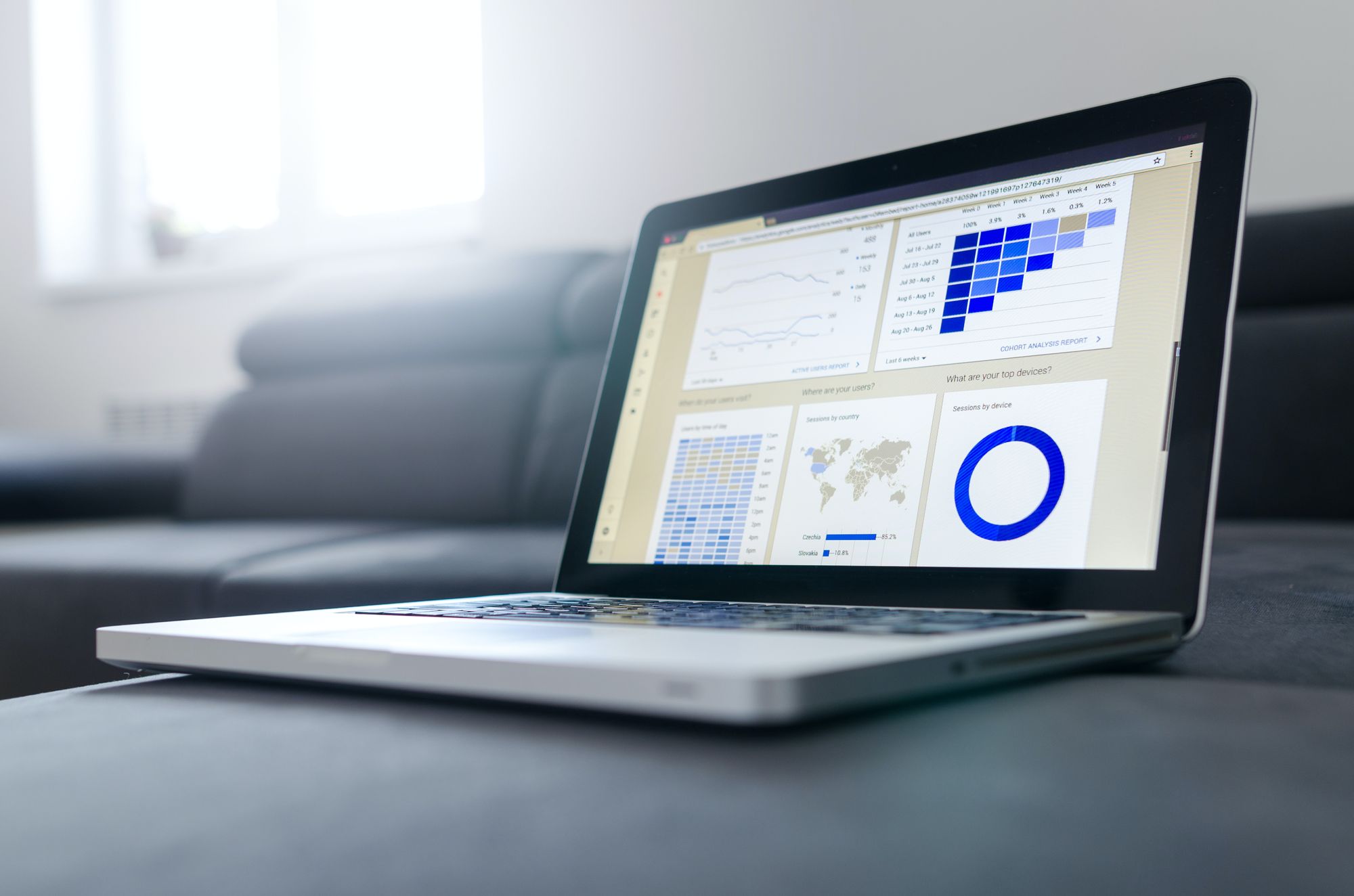
Minimizing errors in data analysis is another important factor. Automated reporting reduces human error risk and ensures data processing consistency. This is especially valuable when dealing with large amounts of data and complex reporting processes.
The impact on business operations is also a critical consideration when analyzing data. By understanding the data you're collecting, you can identify areas of improvement, optimize processes, and make strategic decisions to achieve your business goals.
Understanding the data you're collecting and analyzing it through accurate and up-to-date reports can provide valuable insights. This enables you to make informed decisions based on real-time data while minimizing errors and optimizing your business operations.
Reflecting On Report Evolution
In conclusion, automated reporting is crucial in driving growth, efficiency, and value from analytical efforts. By automating the reporting process, businesses can ensure accurate, up-to-date data that reflects the current state of their operations. This enables them to make timely and informed decisions based on real-time information.
Automated reporting improves the overall efficiency of analytical tasks by reducing human error risk and ensuring data processing ensuring consistency. With time-consuming and repetitive tasks taken care of, businesses can focus on driving the company forward and maximizing productivity.
Real-world examples highlight the need for businesses to embrace the power of autonomous reporting software.
Companies that have implemented automated reporting have experienced significant improvements in their reporting processes, leading to valuable insights that drive business growth. For instance, marketing teams can easily track campaign performance and identify areas for optimization through automatic report generation.
In today's data-driven business landscape, embracing automated reporting is no longer an option but a necessity. It allows businesses to stay agile, make data-driven decisions, and optimize their processes to achieve their goals.
By leveraging the power of automated reporting, businesses can unlock the full potential of their data and gain a competitive edge in their industry
FAQs On Automated Reporting
What is automated reporting?
Automated reporting refers to the use of software or tools to gather data and generate reports without manual intervention. It's designed to save time, reduce errors, and provide timely insights.
Why should businesses consider automated reporting?
Automated reporting can lead to significant time savings, increased accuracy, real-time insights, and the ability to easily customize and distribute reports.
How does automated reporting differ from traditional reporting?
Traditional reporting often involves manual data extraction, analysis, and report creation, which can be time-consuming and prone to errors. Automated reporting utilizes technology to streamline and optimize these processes.
Is automated reporting expensive?
The initial cost might seem higher, but over time, businesses can see a return on investment through time savings, reduced errors, and quicker decision-making. There are also various tools available to fit different budgetary needs.
How secure is automated reporting?
Like all digital tools, the security of automated reporting depends on the platform and the safeguards in place. Most modern tools prioritize data protection and comply with security standards, but it's essential to research and choose a reputable solution.
Can I customize my automated reports?
Yes, many automated reporting tools offer customization options to ensure the reports fit the specific needs and preferences of the user or business.
Will automated reporting make data analysts redundant?
No, while automated reporting streamlines the reporting process, data analysts play a crucial role in interpreting data, providing insights, and strategizing based on the reports.
How often can I generate automated reports?
Most automated reporting tools allow for various frequencies – from real-time and daily to weekly, monthly, or custom intervals.
Do I need special training to use automated reporting tools?
Most modern tools are user-friendly and come with tutorials or customer support. However, some advanced platforms might require a brief training or orientation.
Can automated reporting integrate with my existing systems?
Many automated reporting tools can integrate with popular business systems and platforms. It's best to check the compatibility or opt for tools that offer API integrations.
